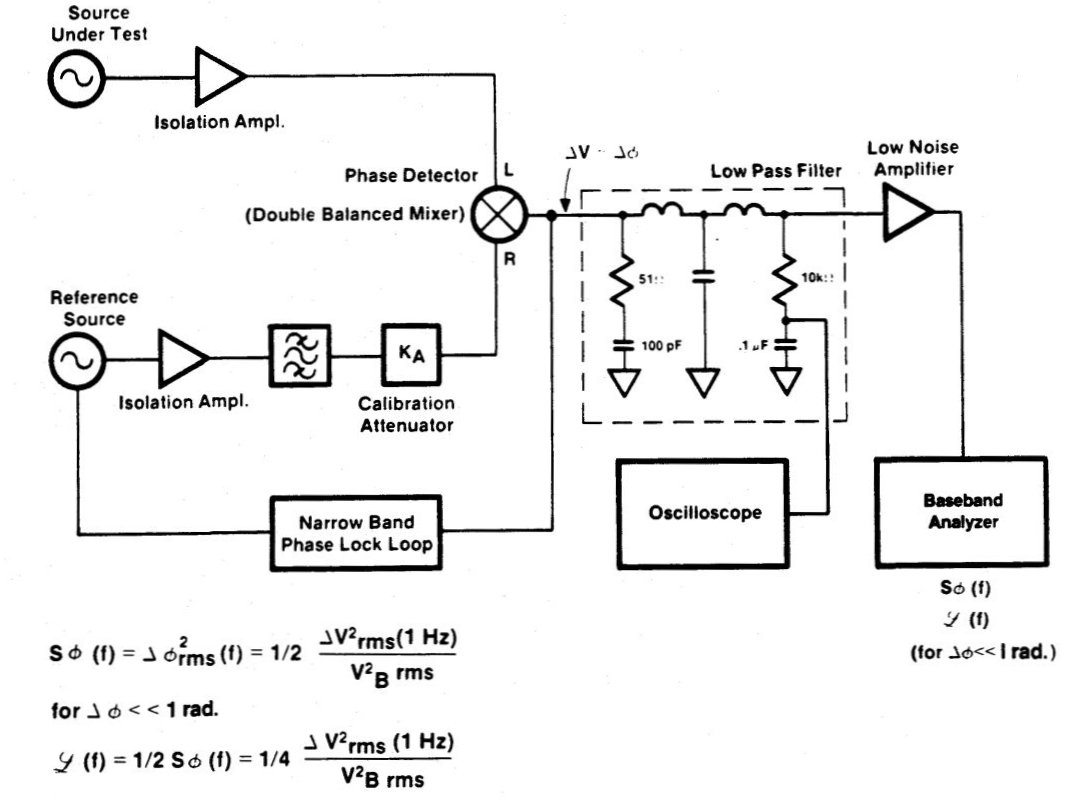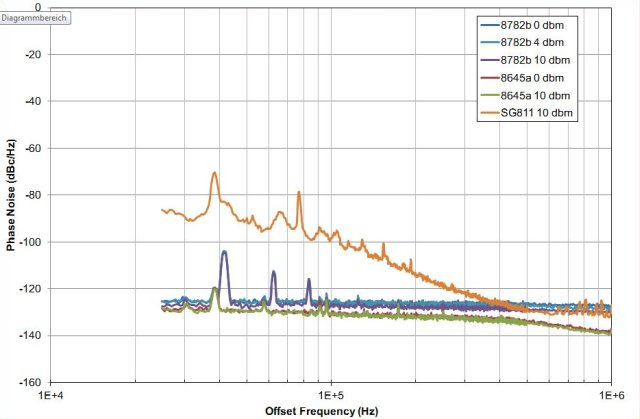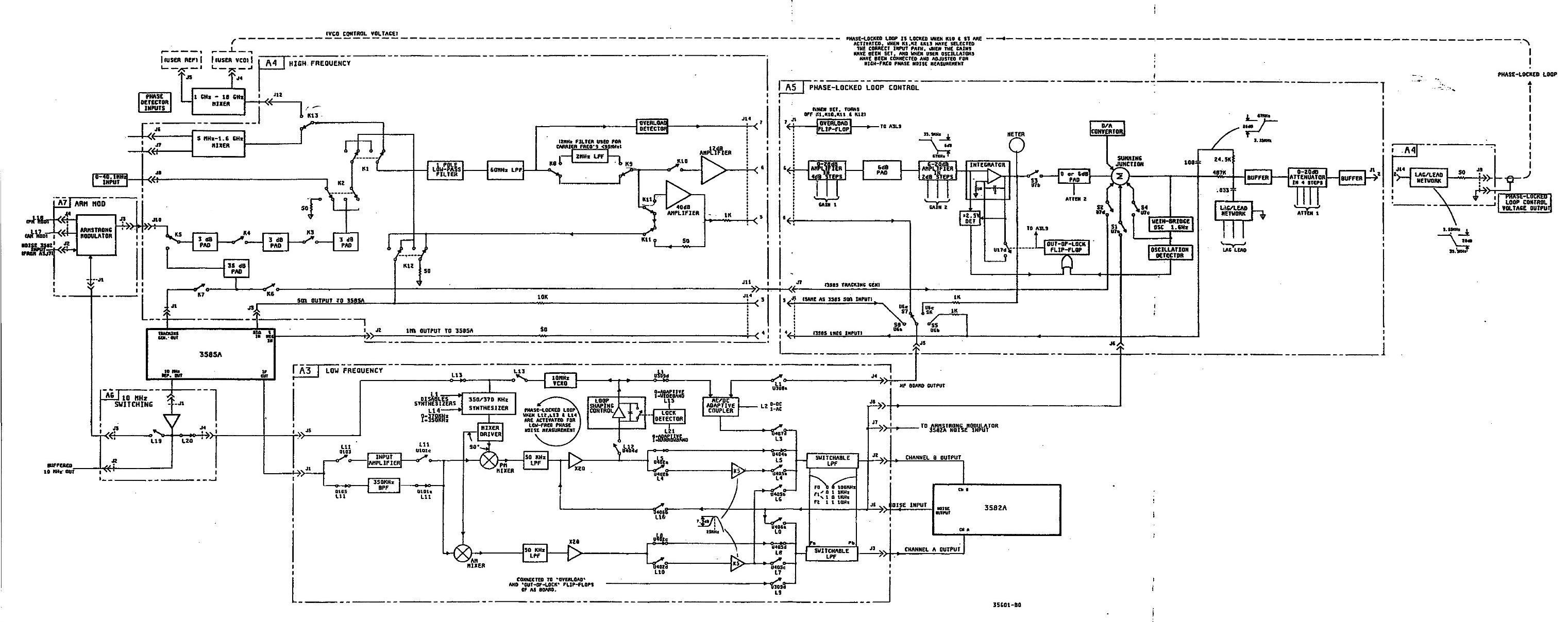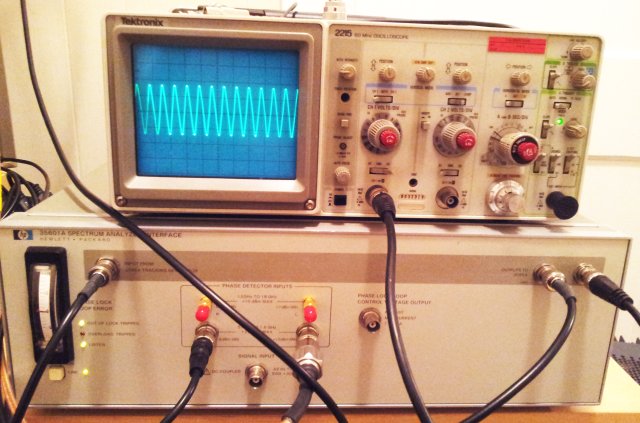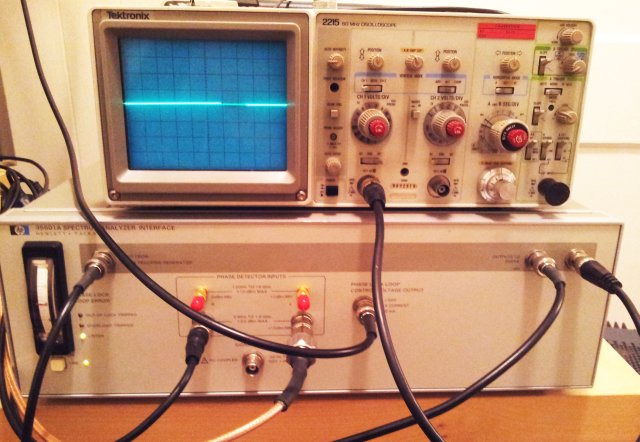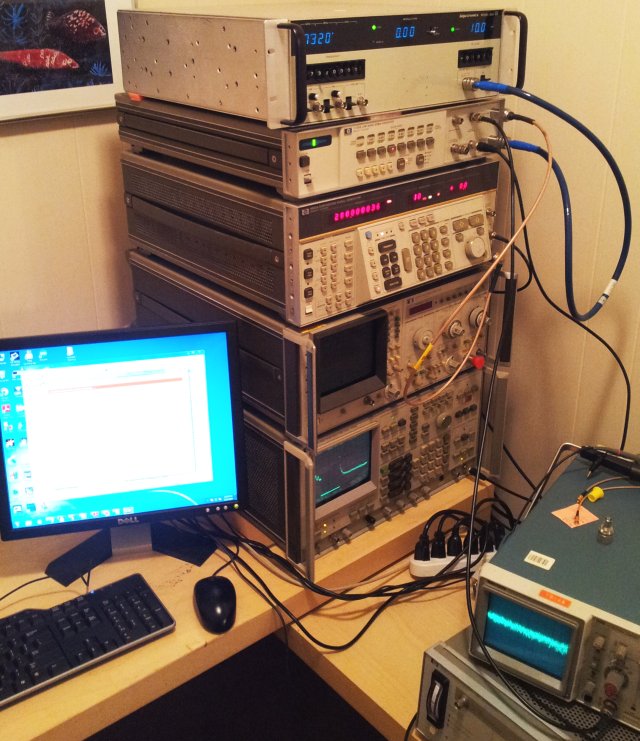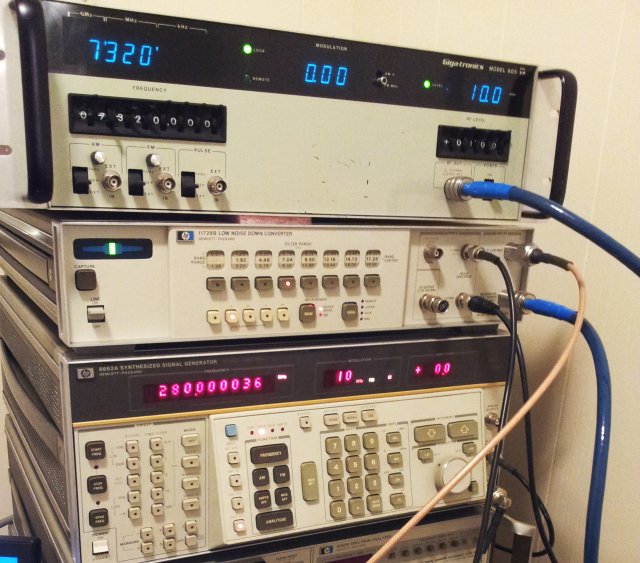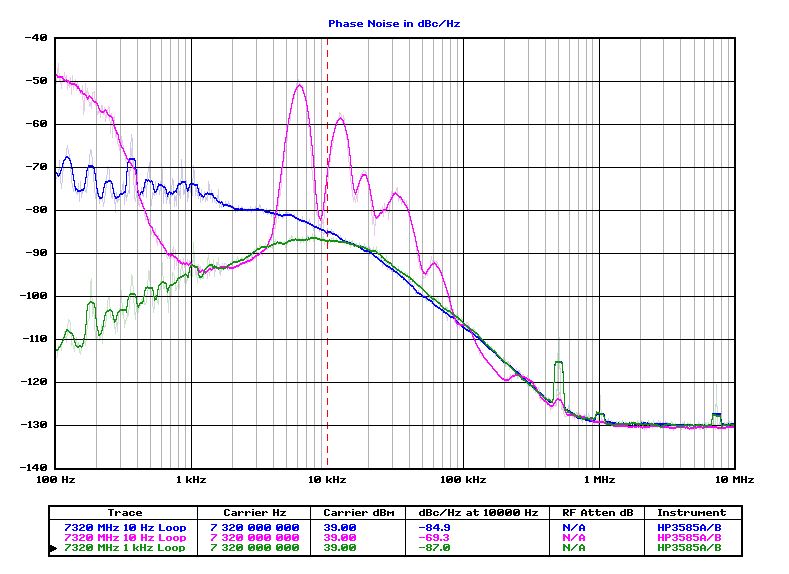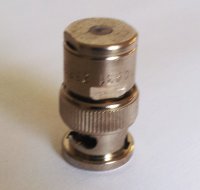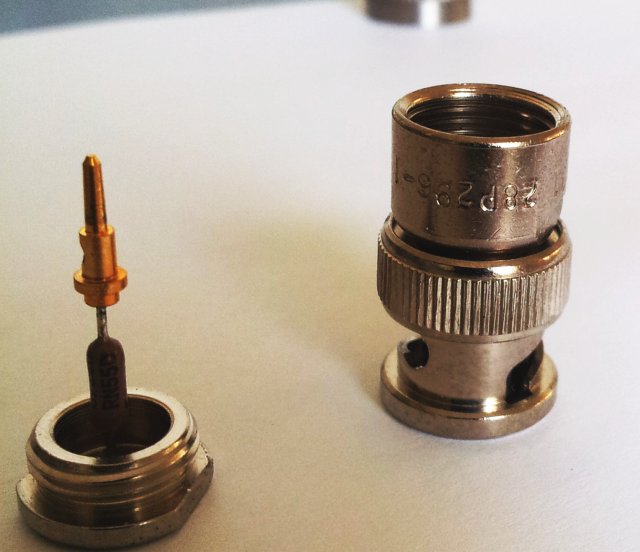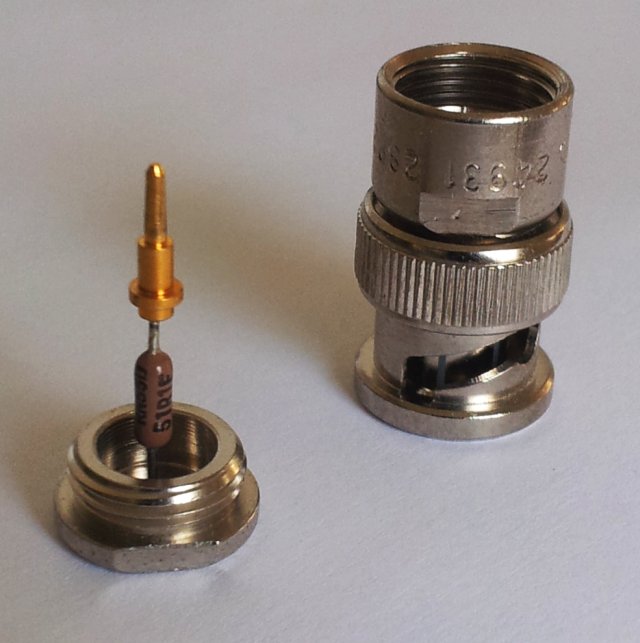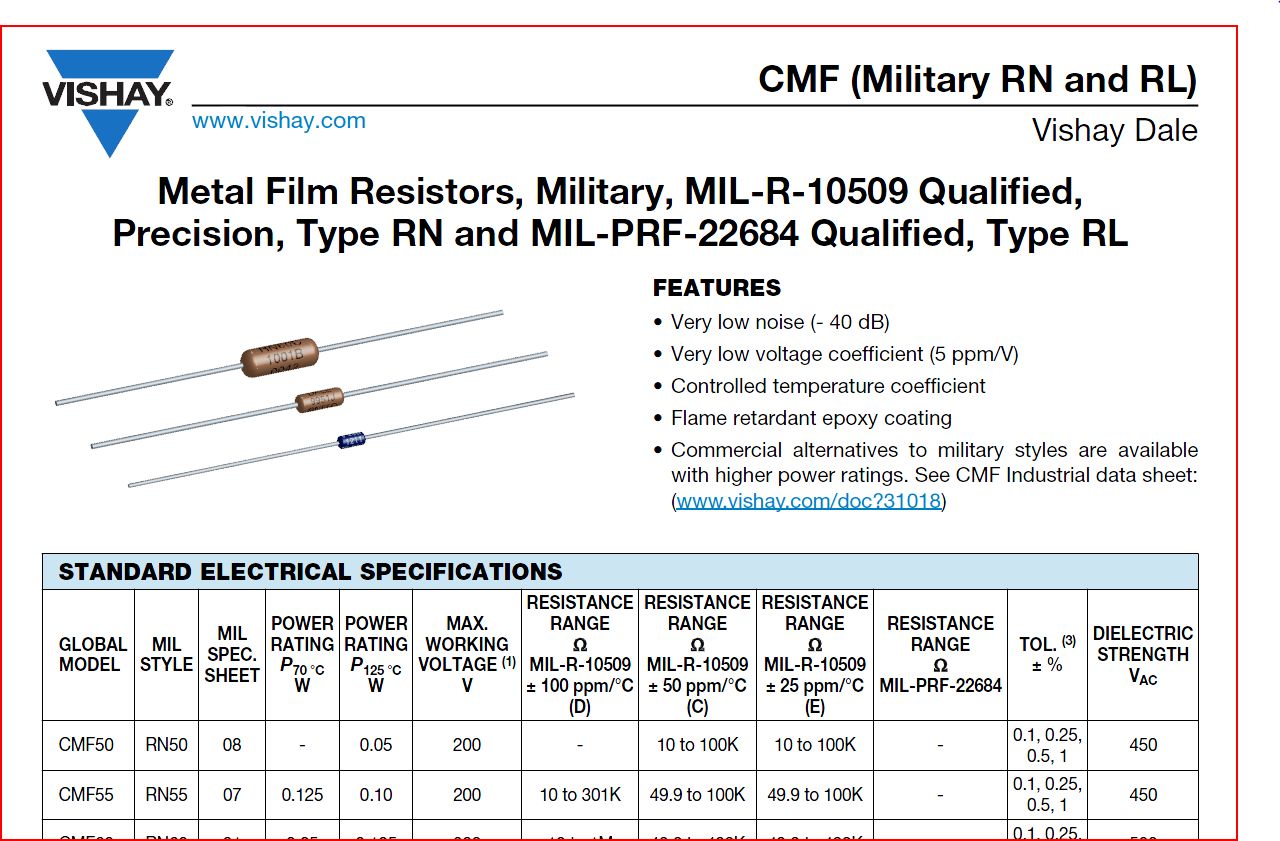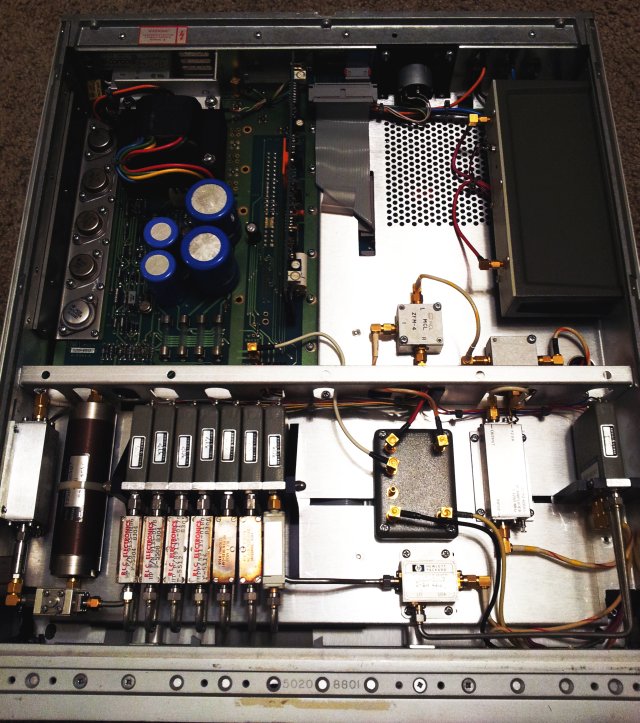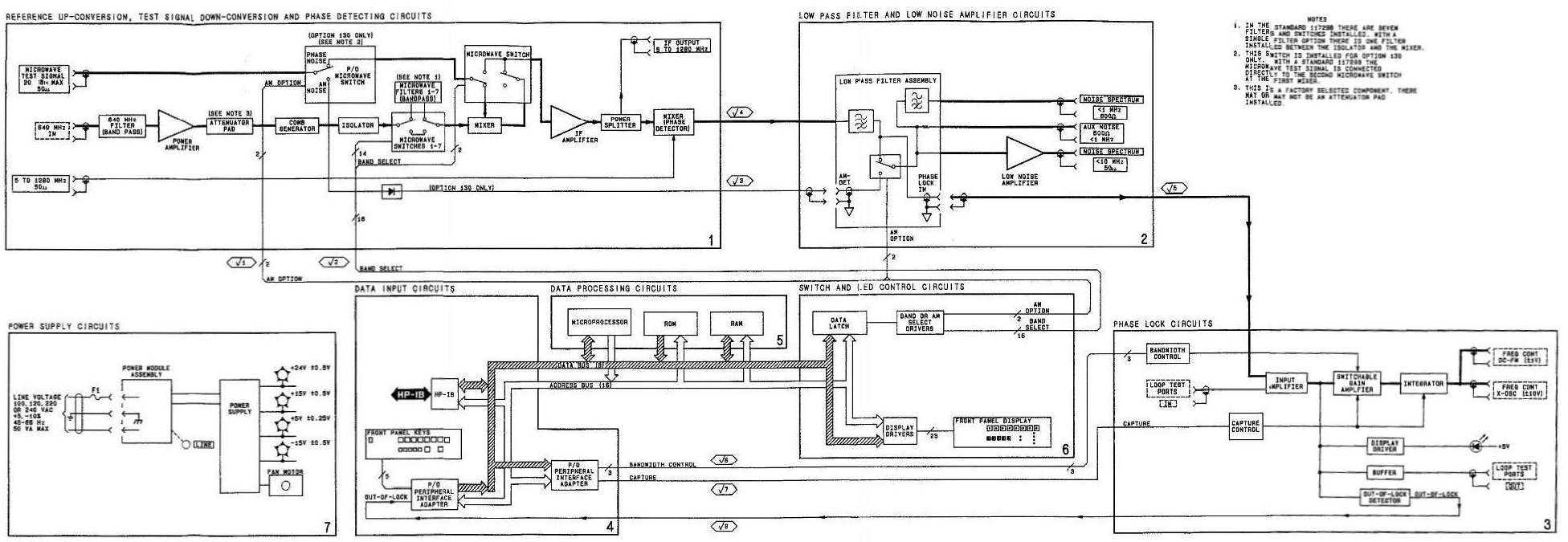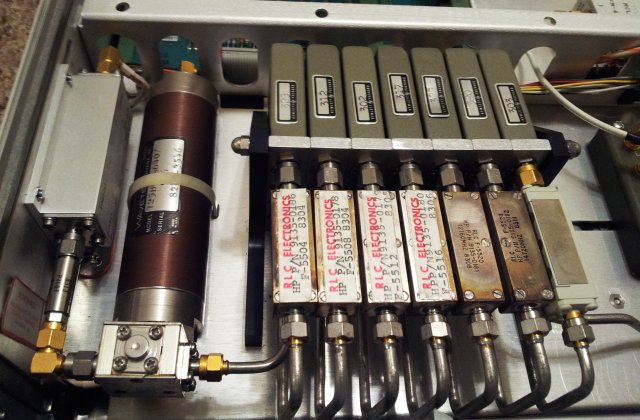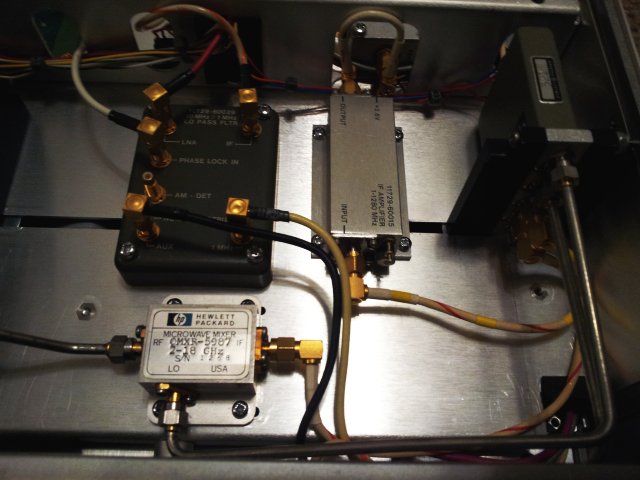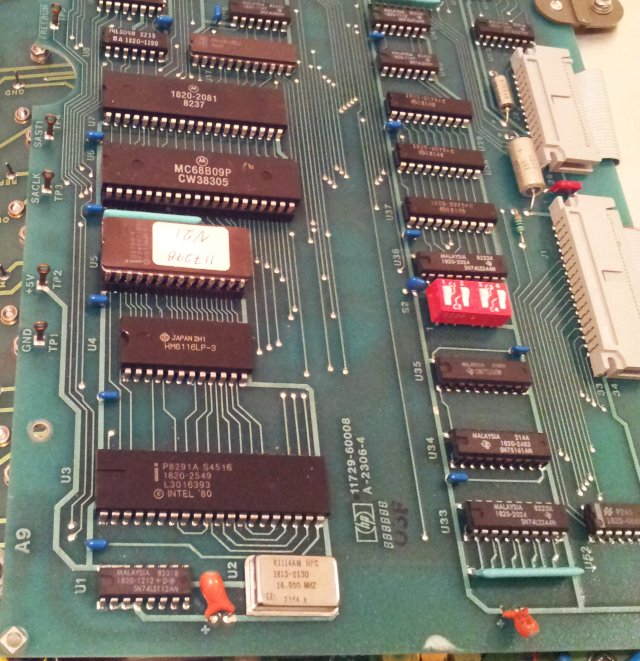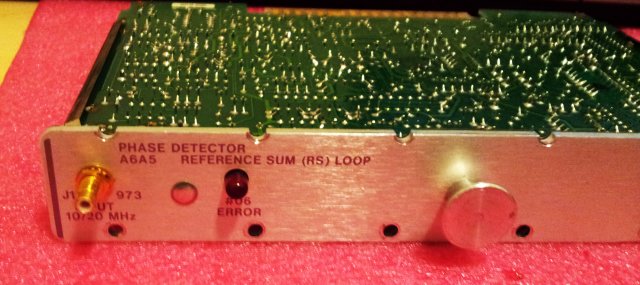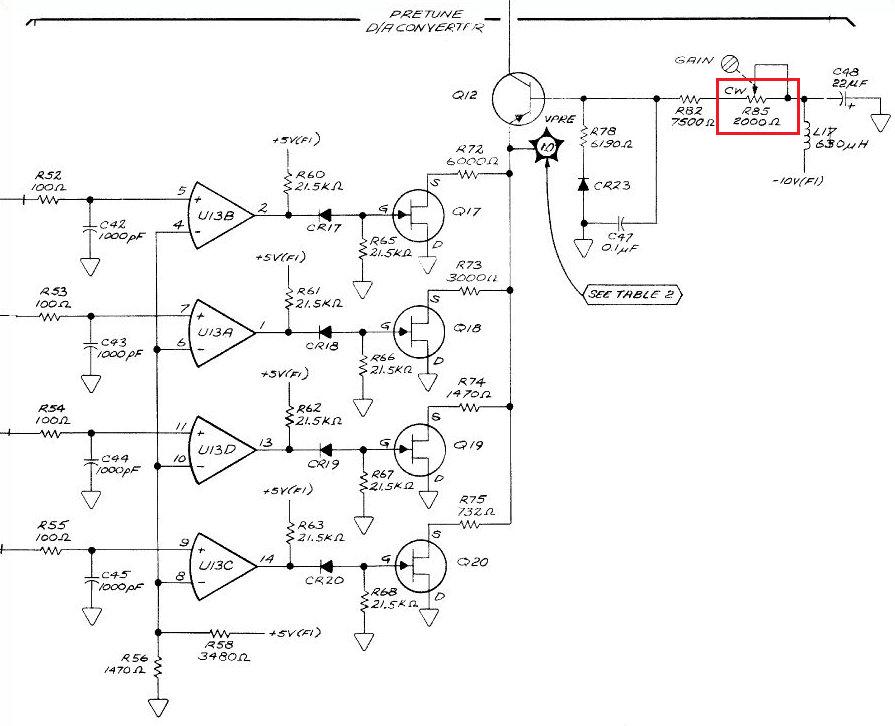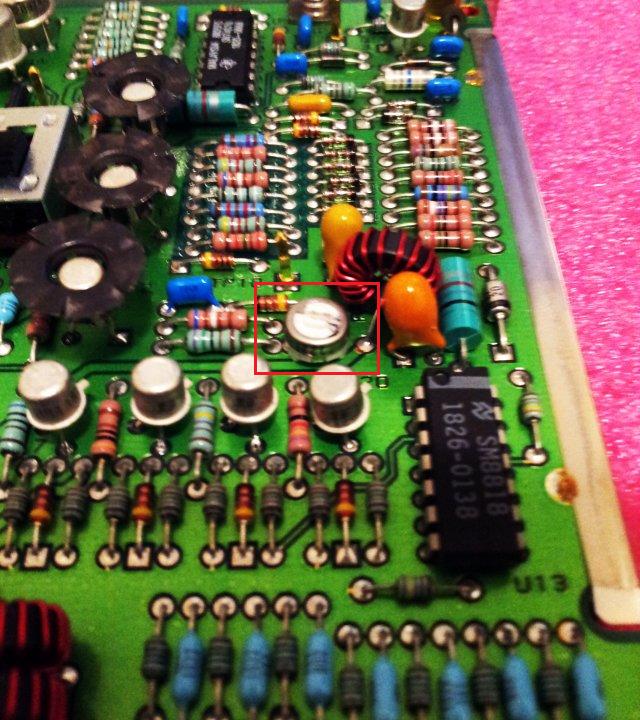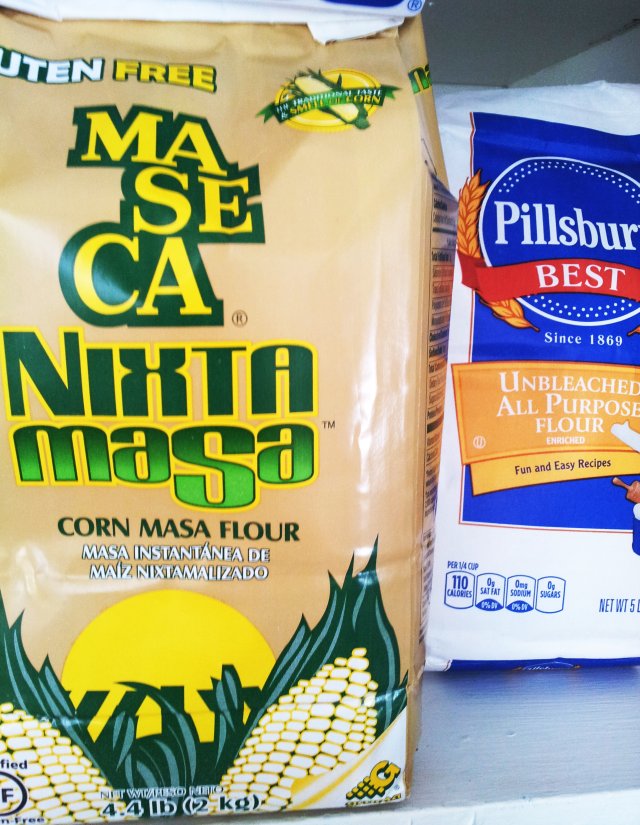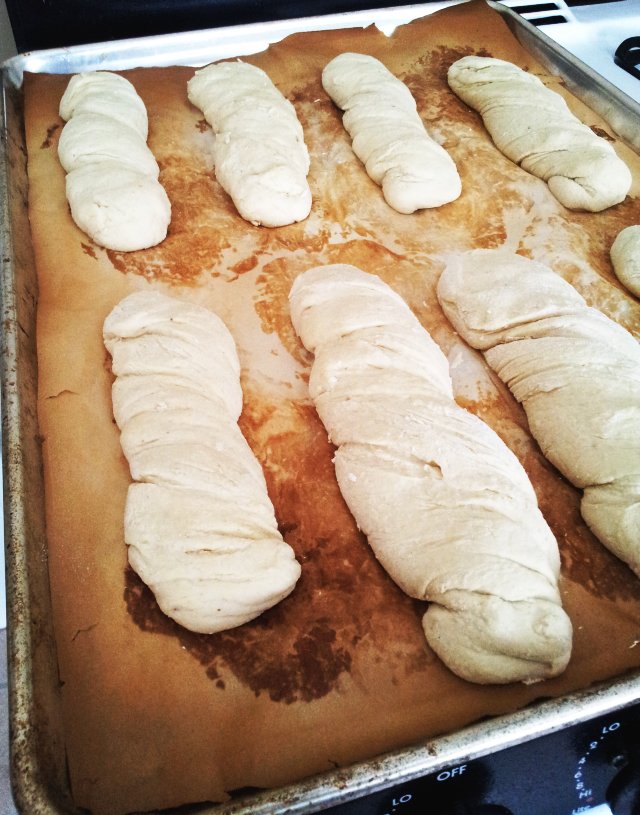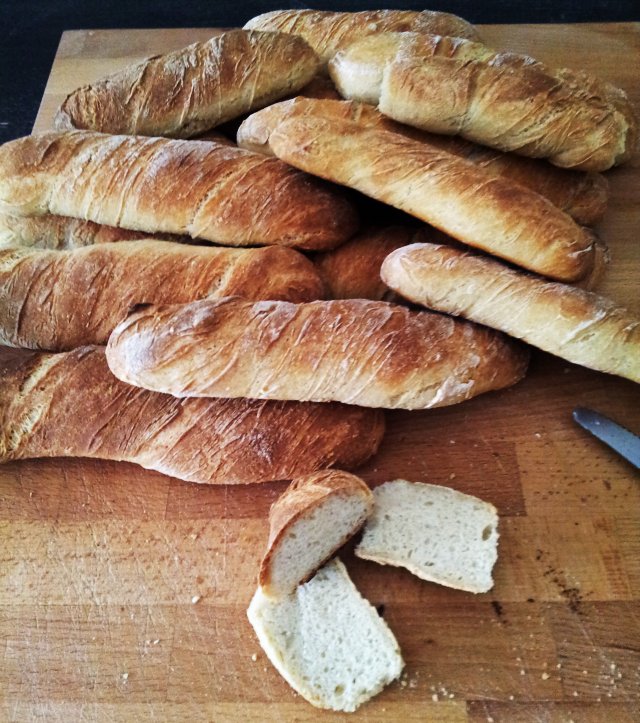For quite some years I have been dealing with temporary setups for phase noise measurement, mixers, amplifiers, analyzers, of all kinds. For the more noise sources, direct measurement with a good spectrum analyzer is rather straightforward, but in most cases, dealing with rather low noise sources here, and often, at rather high GHz frequencies.
Various techniques exist for reasonably accurate phase noise measurement of low noise sources, lately, at least in the <100 MHz region, correlation type (sampling) methods are used, and these instruments are great, really fast, and a good choice, if you have the funds and want something new and fancy.
With all these choices nowadays, for many years, the HP (Agilent, Keysight) 3047A and 3048A were the gold standard for phase noise measurements (along with some Wenzel instruments). And, even better, the software at the time was written in BASIC, with all the source code available - so at least you know what it does and how it works.
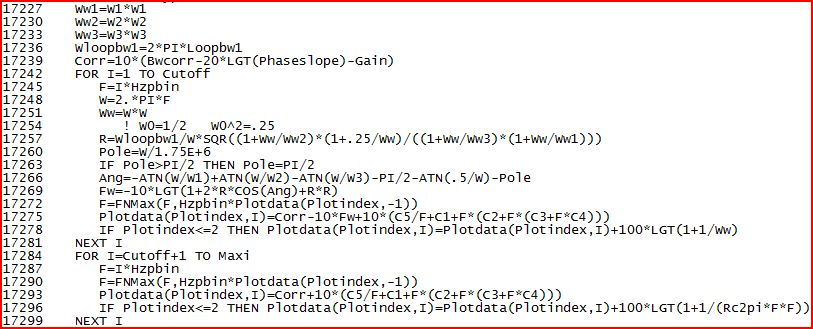
After scoring two of the 35601A units for a handful of dollars, time for a revival. With the old software no longer usable on current systems, some hours were spent to adapt it modern times. In the meantime, most of this software, at least the essential parts, have been implemented in C (still needs to be cleaned up, if you are working on a similar thing and need it urgently, let me know).
The noise floor, depends on the mixer (the 35601A has two mixers, one for the 5 MHz to 1.6 GHz range, and a second mixer for up to 18 GHz – the later one has about 10 dB reduced sensitivity).
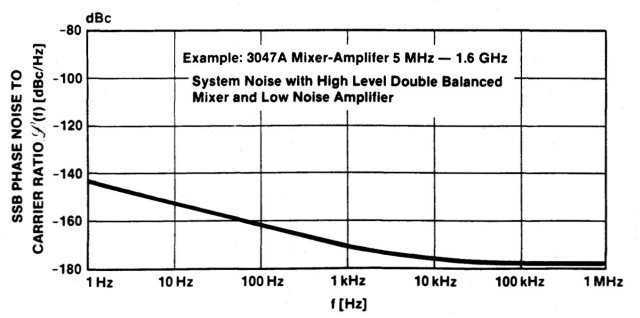
So far, the system is running with a 3585A analyzer only, with temporary software, at single frequencies. The 3047A employs the 3585A analyzer from 25 kHz onwards, and a 3582A FFT analyzer for the lower frequencies; this will be replaced by a 3562A. The 3585A is also used to measure the correction factors of the interface, which is rather straightforward because of the build-in tracking generator.
Now, after some more programming, some first measurements, of a few generators I have around here (8645A, 8782B, and a Micro-Tel SG811). As a reference the 8662A is used, so the 8645A can’t perform to its full specs – the measurement is limited by the reference.
Next steps: improving the 3562A functionality, for lower frequencies – this requires some more work on the HP code, which was written for a 3582A analyzer. And, finally, making it a bit more easy and intuitive to use.

